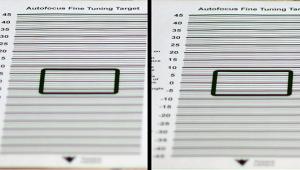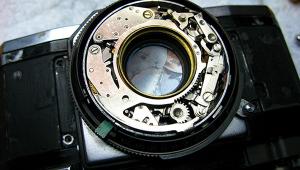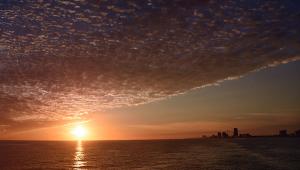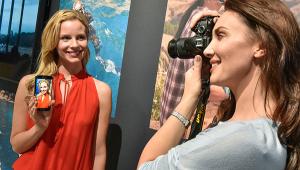The Raw Facts: The Pros and Cons of Shooting Raw vs. JPEG Images
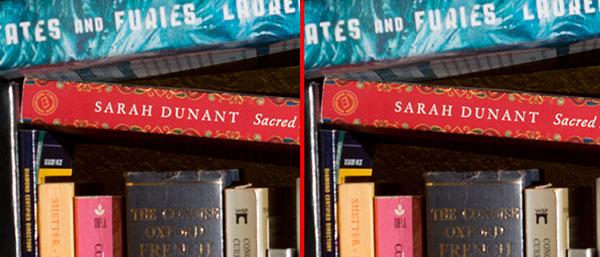
It’s a choice between Scylla and Charybdis. Do you shoot Raw or JPEG format images?
No answer is right for every occasion; it’s like choosing between a slick German import car and a high-end domestic vehicle. Each has advantages in specific circumstances.
That’s easy to say. But are you really going to switch formats from one shot to the next, depending on those “circumstances”? My bet is no.
So, let’s try to understand the difference between these encoding schemes so that your choice will be informed. Or at least better informed.
The fundamental job of either encoder is to turn the information on your camera’s sensor into an image that can be exported. Raw, despite its aggressive name, is actually a simpler encoder than JPEG.
Recall that in front of your sensor is a mosaic of red, green, and blue (RGB) filters, known as a Bayer array. These filters are side by side, and so three intermingled color images are formed on the sensor. The Bayer array has twice as many green filters as red or blue, and consequently the green image is sharper.
This is not some sort of homage to environmentalism; it’s just that your retina is most sensitive to green, and sees the greatest detail in that color. With a Bayer filter, your camera mimics your eyes.
The Raw encoder converts these intermixed images into a rectangular array of RGB triples, one for each pixel. But the encoder does more than this “demosaicing.” It also deals with dead sensor elements, equalizes the noise across the chip, etc.
Bottom line? Essentially all the image information that your sensor collects during exposure is encoded in the Raw file. Short of building your own camera, it’s the best you can do.
JPEG, which stands for “Joint Photographic Experts Group,” the organization that set the original JPEG standard in the 1990s, addresses the fact that Raw encoding produces big files—files that eat up space and take up time. The JPEG encoder can easily reduce file size by factors of three or more, depending on the quality level you choose.
But there’s no free crunch. JPEG slims the files by trimming image fat, and takes advantage of well-known limitations in human vision. It tosses information that most folks won’t miss.
For example, I’ve mentioned that your eye is most sensitive to detail in the green, so the first thing a JPEG encoder will usually do is convert RGB images into another set: one that’s green and two color difference images, green minus red, and green minus blue (it’s not quite this simple, but look up the equations if you care). Messing with the color difference images can be done with impunity, because they’ll hardly affect appearance. And indeed, the JPEG encoder will often shrink those two images to even lower resolution.
Next comes the big deal: each of the three images is broken into blocks 8x8 pixels in size and Fourier transformed. If you’re a math whiz, you might know what that means. But if you don’t, suffice it to say that this operation breaks down each block into large-scale components, such as the overall color of a shirt, and small-scale components, such as the pinstripes.
Since very fine detail (including sensor noise) is usually less important, the JPEG encoder will either throw out or minimize some of these small-scale components, saving space.
OK, before your head explodes, let’s cut to the chase. Unlike Raw, which, like a doting aunt, gives you just about everything, JPEG is the stripped-down model of your pic. It won’t necessarily be less sharp (see figure), but it will have somewhat poorer color and less dynamic range, which could be important if you’re trying to fix that too-bright sky or correct faulty white balance.
So, what to use? To be honest, I shoot mostly JPEG, although I wish I had shot this summer’s total solar eclipse Raw. Yes, Raw’s a pain, and it’s unwieldy. But camera pixel counts are increasing only slowly now, while computer storage and speed are becoming ever more affordable. That argues for shooting Raw.
If you have the option, maybe the Solomon solution is for you: shoot both formats simultaneously, and fiddle with the Raw version only when necessary. Such as after a total eclipse.
Seth Shostak is an astronomer at the SETI Institute who thinks photography is one of humanity’s greatest inventions. His photos have been used in countless magazines and newspapers, and he occasionally tries to impress folks by noting that he built his first darkroom at age 11. You can find him on both Facebook and Twitter.


